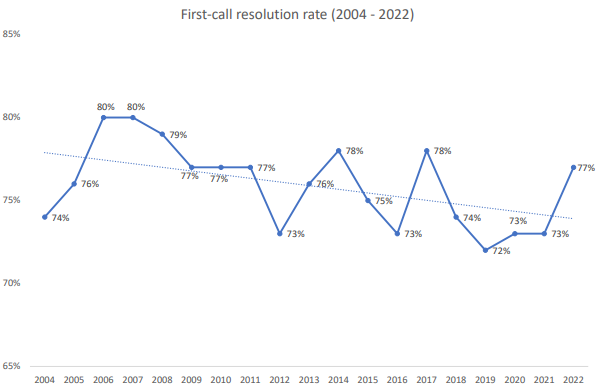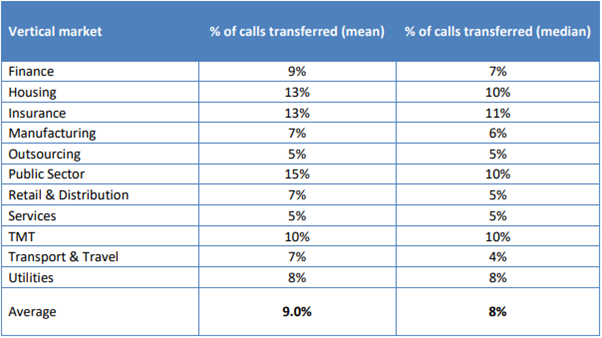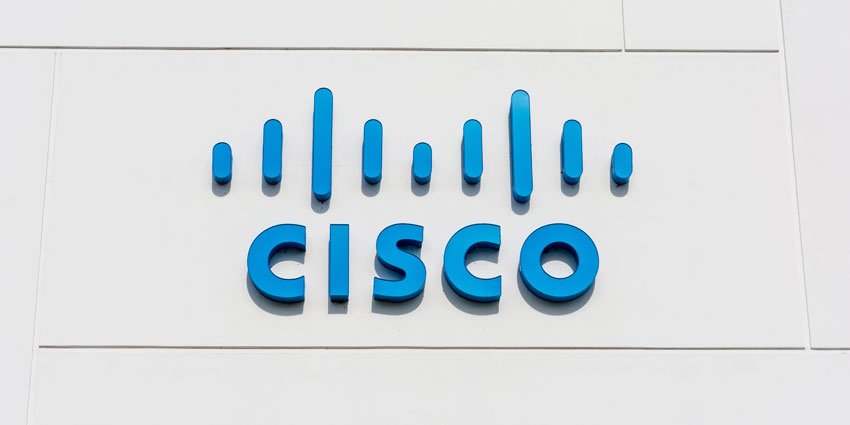Contact center research firm ContactBabel has unveiled its latest market study: Exceeding UK Customer Expectations 2023-24.
Released in partnership with Enghouse Interactive, the report captures a snapshot of how “hundreds” of UK-based contact centers match up to current customer expectations.
Inside, there are many fascinating threads to pull at. Those include emerging trends in channel choice, customer complaints, and agent behaviors.
Yet, perhaps most eye-catching is its latest contact center metric data.
Now, contact centers must be cautious when using these figures for benchmarking. After all, service operations often track metrics differently. Moreover, some contact centers will have more self-service than others, influencing KPIs such as handling times.
Nevertheless, year-on-year trending offers insight into the market’s evolution and may highlight opportunities for brands to differentiate and excel.
With that in mind, here are a handful of the UK standards for cornerstone contact center metrics, alongside commentary and ideas to move the needle for each.
First Contact Resolution (FCR)
Industry Standard: 77 percent
Contact centers measure FCR in several ways, such as running an analytics initiative, sending post-contact surveys, and tracking repeat contacts.
There are even discrepancies between the measurement methods. For instance, in the last example, the timeframe for what the contact center considers a “repeat contact” often differs from one operation to another.
As such, external benchmarking is tricky. Yet, as an overall trend, FCR has stayed on a downward trajectory since the mid-noughties – according to ContactBabel. That is despite all the innovations thrust into the contact center space.

The influx of self-service tools taking more transactional interactions away from the contact center is likely to have played a significant role.
Yet, the trend is a concern given that FCR and short wait times are what customers want most from customer service interactions – as per further ContactBabel research.
The good news is that this year, FCR rates have started to slowly pick up again in recent years. Potential reasons for this include advancements in agent-assist technologies and the rise of UCaaS integrations, making it easier for agents to lean on the expertise of external employees.
Yet, there are many other techniques contact centers can leverage to improve FCR – as below.
Ideas to Improve First Contact Resolution
- Split FCR across different customer intents to spot the queries agents struggle to resolve most. Use this insight to inform new coaching materials and knowledge content.
- Consider how to feed agents with more customer context. There are various strategies for this, such as placing a bot in the IVR queue to capture information ahead of a call or enabling customers to share digital media – i.e., images/videos of the problem – during interactions.
- Connect the contact center with a UCaaS platform – like Microsoft Teams – so agents can leverage subject matter expert (SME) insights during customer conversations.
Average Handling Time (AHT) (Voice Only)
Industry Standard: 426 seconds for service / 516 seconds for sales
AHT has almost doubled over the past 18 years in customer service, rising from 220 seconds in 2004 to 426 seconds in 2022.
Like with FCR, this trend – highlighted in the chart below – likely reflects the rise in self-service and digital messaging sweeping up the more simple contacts.

Yet, interestingly, ContactBabel also finds that excessively long calls are wreaking havoc with this metric, soaking up agent time and contributing to high ASA rates (see below).
Contact centers recognizing this issue should perhaps consider targeting outliers in AHT as part of a quality assurance (QA) exercise to spotlight the causes.
In sales, the trend is similar, with AHT rising from 280 seconds in 2006 to 516 seconds in 2022.
That perhaps reflects increasing hesitation from buyers, who have become used to searching the web, searching for more information, and making comparisons before purchasing.
Ideas to Improve Average Handling Time (In Service)
- Automate ticket tagging and conversation summaries to accelerate post-call processing for agents, which factors into AHT.
- When an issue is too complex to automate or fix upstream, consider the troubleshooting process and opportunities to streamline workflows, perhaps with desktop automation.
- Dig into the behaviors of agents with low AHT and high customer satisfaction scores. Consider what they do differently and create a set of best practices to spread around the contact center.
Average Speed to Answer (ASA) (Voice Only) & Call Abandon Rate
Industry Standard: 120 seconds (ASA) & 9.1 percent call abandons
From 2004-2019, ASA never exceeded 40 seconds. In 2022, it was 120 seconds. That sharp inflection indicates that customers have not exaggerated their frequent experiences with long queue times.
As noted above, the rise in excessively long calls is likely a factor. Yet, ContactBabel also cites pandemic-related working practices and a corresponding increase in demand.
Call abandon rates paint a similar picture, reaching a record 9.1 percent last year – up from 5.4 percent three years prior.

Yet, some industries have struggled more than others. Noting this, ContactBabel stated:
“Some sectors – utilities, public sector and housing in particular – are reporting extremely long queues, and this needs to be looked at urgently.”
To help overcome this trend, the analyst suggests that many companies have returned to offshore locations “particularly” for handling voice contacts. However, there are several other tips and tricks.
Ideas to Improve Average Speed to Answer & Call Abandon Rates
- Increase staffing accuracy by testing various AI forecasting models within the workforce management (WFM) system. To do so, utilize old data to learn which is most accurate. That could change during high season or special occasions.
- Employ voice automation to increase IVR call containment. Generative AI is helping here to widen the scope of conversational AI so bots can handle queries without prior training. It just needs restricted access to contact center knowledge sources.
- Focus on lowering AHT (without compromising agent or customer experience) because when handling times drop, agents can engage in more conversations across the day. When that happens, wait times drop.
Businesses may also employ tactics to reduce call abandons specifically. As an example, they could trial new on-hold messaging and music.
Call Transfer Rate
Industry Standard: 8-9 percent
ContactBabel doesn’t have as extensive a data set for call transfer rates as it does for the other metrics. Nevertheless, it has conveniently set out how the KPI swings between industries.
At the lower end of the spectrum, transport & travel, services, and outsourcing seem to have the best rates.
Meanwhile, the public sector, housing, and insurance trail – which is perhaps understandable, with contacts more likely to be complex.

Interestingly, however, ContactBabel called out two of these industries – housing and the public sector – for also having high ASA and call abandon rates. Such findings suggest an ongoing struggle in these sectors to hire, engage, and retain skilled agents.
That said, the analyst urges caution in how businesses assess these percentages, noting that “switchboard-type” organizations and technical helpdesks will expect higher transfer rates.
Ideas to Improve Call Transfer Rates
- Switch to a predictive routing engine, which uses contact center data and AI to match customers with the agent most likely to drive a specific CX outcome, such as FCR. Doing so allows contact centers to evolve from skills-based routing and lower call transfer rates.
- Isolate gaps and unhelpful content in the knowledge base via agent feedback and possibly GenAI. Then, address those by creating new knowledge articles, with the support of supervisors and experienced agents, each written in a standardized format.
- Run a conversational intelligence initiative on transferred calls. Spot trends in customer intent and escalation triggers. Such analysis will offer a goldmine of insights into lower transfers and enhancing service experiences across the board.
Move the Needle with Enghouse Interactive
Enghouse Interactive offers its contact center customers choice. No matter if they want to execute an all-encompassing CCaaS strategy or steadily add “over the top” innovation to their on-premise platform – clients can realize and follow the path best-suited to their requirements.
In doing so, Enghouse often helps clients build some of the ideas above – and many others – into a well-rounded strategy that maximizes customer, employee, and business outcomes.
With such a strategy, service metrics fall into line as the contact center evolves at a speed leaders and other critical CX stakeholders are comfortable with.
To learn more about Enghouse’s customer-orientated approach to CCaaS, visit: enghouseinteractive.co.uk
Alternatively, those who wish to dig deeper into ContactBabel’s report can grab a free copy here.







